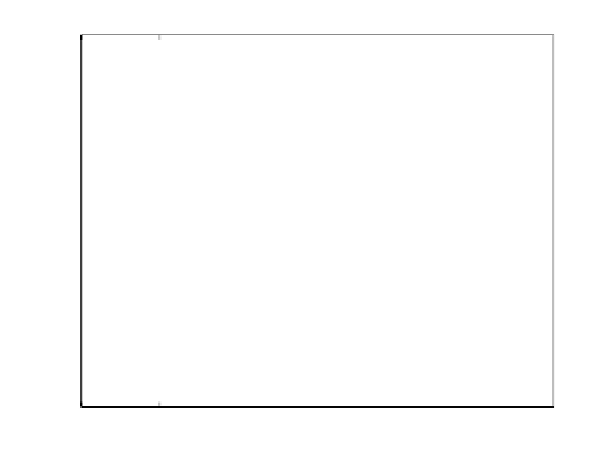Database Reference
In-Depth Information
6.5.2 Experimental Study of the Approximation
In this section we provide a brief experimental study to assess the qual-
ity of our approximation of the concentration parameter
κ
. Recall that our
approximation (6.17) attempts to solve the implicit non-linear equation
I
d/
2
(
κ
)
I
d/
2
−
1
(
κ
)
=
r.
(6.18)
We note that for large values of
r
(
r
close to 1), approximation (6.14) is
reasonable; for small values of
r
(usually for
r<
0
.
2) estimate (6.15) is quite
good; whereas (6.17) yields good approximations for most values of
r
.
Since a particular value of
r
may correspond to many different combinations
of
κ
and
d
values, to assess the quality of various approximations, we need
to evaluate their performance across the (
κ, d
) plane. However, such an as-
sessment is dicult to illustrate through 2-dimensional plots. To supplement
Table 6.1
, which showed how the three approximations behave on a sampling
of points from the (
κ, d
) plane, in this section we present experimental results
on some slices of this plane, where we either keep
d
fixed and vary
κ
,orwe
keep
κ
fixed and vary
d
. For all our evaluations, the
r
values were computed
using (6.18).
Comparison of various kappa approximations (d = 1000)
6000
True
κ
(1.14)
(1.15)
(1.17)
5000
4000
3000
2000
1000
0
0
1000
2000
3000
4000
5000
6000
Kappa (
κ
)
FIGURE 6.1
: Comparison of true and approximated
κ
values, with
d
=
1000.


























Search WWH ::

Custom Search